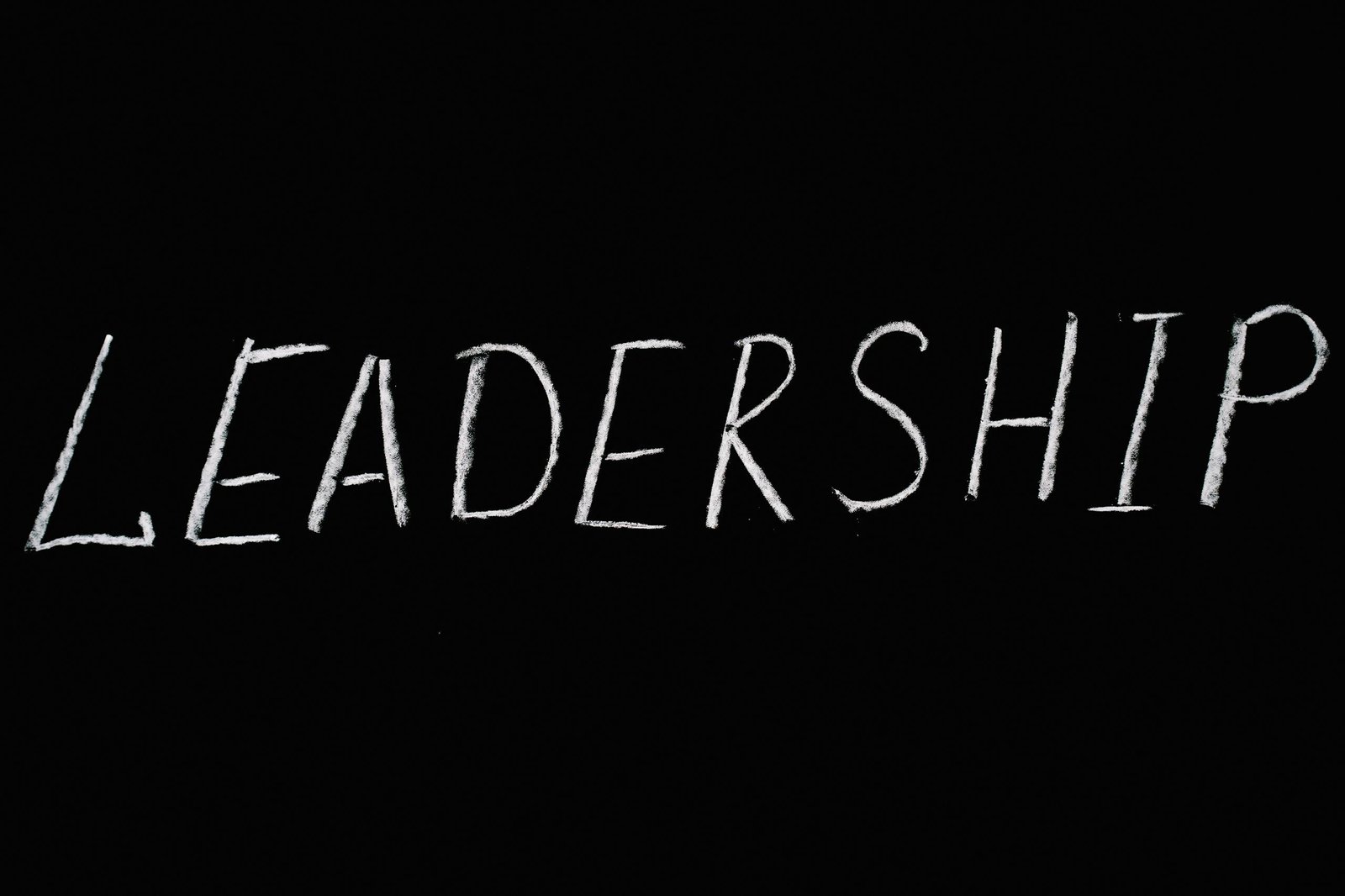A Leadership Development Plan is a critical tool for individuals and organizations seeking to cultivate effective leadership skills. Whether you’re an aspiring leader looking to grow or a company aiming to groom future leaders, a structured plan helps guide professional growth. Developing leadership skills requires not only self-awareness and reflection but also clear objectives, targeted actions, and continuous learning.
In this article, we’ll outline 5 key strategies to help you create a Leadership Development Plan that enhances your leadership capabilities and sets you on the path to success.
Quick Preview:
- Assess Your Current Leadership Skills: Identify your strengths and areas for growth.
- Set Specific and Measurable Leadership Goals: Define clear, actionable goals.
- Seek Feedback and Mentorship: Leverage external perspectives to guide your development.
1. Assess Your Current Leadership Skills
The first step in creating a Leadership Development Plan is to assess your current leadership strengths and areas for improvement. Self-awareness is key to identifying where you stand as a leader, and a comprehensive assessment helps you focus on specific skills that need development.
How to Assess Your Leadership Skills:
- Self-Reflection: Reflect on your leadership experiences to identify key strengths (e.g., communication, decision-making) and challenges (e.g., delegation, conflict resolution).
- Use Leadership Assessment Tools: Take advantage of formal assessments such as 360-degree feedback tools, Myers-Briggs Type Indicator (MBTI), or DiSC profiles to gain a detailed understanding of your leadership style.
- Evaluate Past Experiences: Look back at previous leadership roles or projects. What went well? Where did you encounter difficulties?
This assessment allows you to establish a baseline for your leadership abilities and create a clear picture of what areas you need to work on in your development plan.
Takeaway: Start with a clear understanding of your current leadership strengths and areas for improvement. This will guide the rest of your leadership development journey.
2. Set Specific and Measurable Leadership Goals
Once you’ve identified areas for growth, the next step is to set specific, measurable, achievable, relevant, and time-bound (SMART) goals. These goals should align with both your personal career aspirations and the needs of your organization.
How to Set Leadership Goals:
- Focus on Key Leadership Competencies: Based on your self-assessment, identify 2-3 critical leadership skills you want to develop. For example, if you struggle with decision-making under pressure, set a goal to improve this skill through targeted practice and learning.
- Create Actionable Steps: Break down each goal into smaller, actionable tasks. For instance, if you want to enhance your public speaking skills, your tasks might include attending a speaking workshop, practicing presentations weekly, and seeking feedback.
- Set Timelines and Milestones: Establish a timeline for each goal, with milestones to track your progress. This keeps you accountable and ensures that your development plan remains focused and on track.
For example, a leadership goal might be: “Improve my ability to give constructive feedback by taking a feedback training course within three months and practicing weekly with my team.”
Takeaway: Set clear, actionable leadership goals that are aligned with your long-term career vision. SMART goals make your development plan focused and achievable.
3. Seek Feedback and Mentorship
No leadership development plan is complete without external input. Seeking feedback from peers, managers, and mentors helps you gain valuable insights into your leadership performance. Additionally, having a mentor can accelerate your development by providing guidance, support, and advice based on their own experiences.
Ways to Seek Feedback and Mentorship:
- Ask for Regular Feedback: Proactively seek feedback from colleagues, direct reports, and supervisors about your leadership style, communication, and decision-making. Be open to both positive and constructive feedback.
- Find a Leadership Mentor: A mentor who has successfully navigated their own leadership journey can provide insights, advice, and support. They can also offer objective feedback and help you refine your leadership goals.
- Participate in 360-Degree Reviews: These reviews allow you to receive feedback from a variety of sources—peers, supervisors, and direct reports—giving you a well-rounded view of your leadership abilities.
Mentorship and feedback are invaluable in developing leadership skills. They help you stay accountable, provide a different perspective, and offer guidance when you encounter challenges.
Takeaway: Regular feedback and mentorship are crucial for gaining outside perspectives on your leadership style and improving your skills.
4. Develop a Continuous Learning Mindset
Leadership development is not a one-time event; it’s an ongoing process that requires continuous learning and adaptability. Cultivating a growth mindset and staying open to learning new strategies, skills, and approaches is essential for long-term leadership success.
How to Foster Continuous Learning:
- Take Leadership Courses: Enroll in leadership courses or workshops to enhance your skills. Whether it’s conflict resolution, emotional intelligence, or strategic planning, these courses provide valuable tools for growth.
- Read Leadership Books: Make reading a regular habit. Books by influential leaders and thought leaders—such as Leaders Eat Last by Simon Sinek or Dare to Lead by Brené Brown—offer insights into effective leadership principles and practices.
- Learn from Real-World Experiences: Leadership is best developed through practice. Take on new projects, lead cross-functional teams, or volunteer for leadership roles outside of work. The more you experience, the more you’ll grow.
- Attend Conferences and Seminars: Networking with other leaders and staying updated on industry trends can inspire new approaches and ideas for your leadership role.
Commit to lifelong learning and stay curious about how you can improve. Whether through formal education or practical experience, continuous learning is vital to your leadership journey.
Takeaway: Developing a continuous learning mindset ensures that your leadership skills evolve with changing environments and challenges.
5. Track Progress and Adjust the Plan as Needed
A leadership development plan isn’t static. As you grow and your goals evolve, you’ll need to track your progress and make adjustments to your plan. This ensures that your development remains relevant and aligned with your career path.
How to Track and Adjust:
- Review Progress Regularly: Set monthly or quarterly check-ins to review your leadership goals and assess your progress. Have you met your milestones? Are your actions producing the desired results?
- Adjust Goals Based on Feedback: As you receive feedback and reflect on your progress, adjust your goals and strategies accordingly. For example, if you’ve achieved a particular goal sooner than expected, set a new one that challenges you in a different area.
- Celebrate Milestones: Acknowledge and celebrate your progress. This reinforces your commitment and motivates you to continue your leadership development journey.
Adapting your leadership development plan based on ongoing feedback, reflection, and achievement ensures that it remains a dynamic and relevant guide for your growth.
Takeaway: Regularly track your progress and remain flexible in adjusting your plan to reflect new insights and evolving leadership needs.
Conclusion: Building a Comprehensive Leadership Development Plan
Developing a Leadership Development Plan is a proactive way to enhance your leadership skills and achieve long-term career success. By assessing your current abilities, setting measurable goals, seeking mentorship, embracing continuous learning, and tracking your progress, you can create a personalized roadmap for leadership growth.
Remember, leadership development is an ongoing process. With the right strategies in place, you can continually grow and refine your leadership abilities, positioning yourself as a strong, capable leader in any organization.





